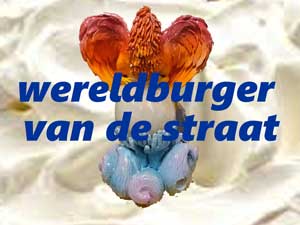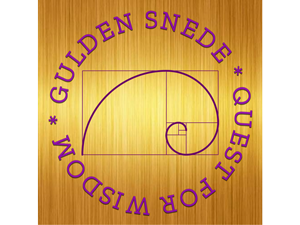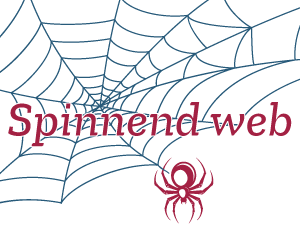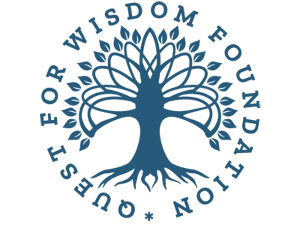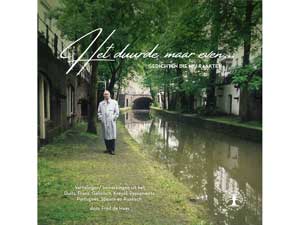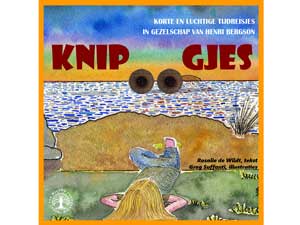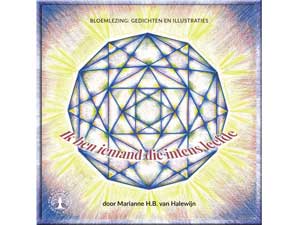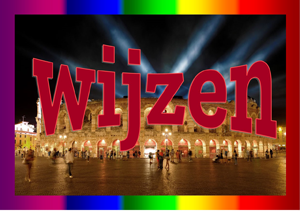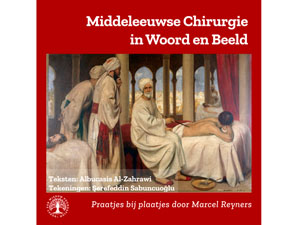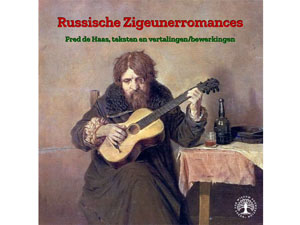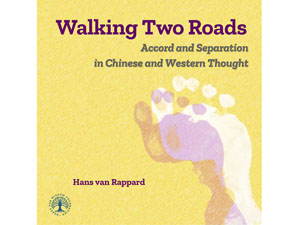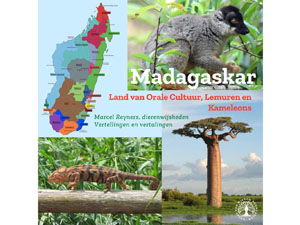World heritage recommendation
Hoofdredactie
De QFWF geeft aandacht aan berichten uit de internationale pers over de strijd voor erkenning en over de ontwikkeling van inheemse volkeren en culturen. Het ontwikkelen van interculturele levenskunst op de macroschaal van het geopolitieke toneel zien wij als urgent vraagstuk van de huidige tijd.
Elke druppel helpt door kennis te nemen van de inspirerende visies en leefwijzen van gemeenschappen met culturele en ecologische waarden (‘glocalisering’).
Hieronder een verslag over de erkenning als wereld erfgoed van de wijze waarop een Aboriginal gemeenschap een rijkere culturele geschiedenis heeft dan het dominante beeld over hen.
Bovendien stelt hun cultuur en leefwijze vanuit ecologische wijsheid en evenwicht met de natuurlijke hulpbronnen de wereld een inspirerend voorbeeld.
Budj Bim, home to the remains of an ancient Aboriginal aquaculture system in south-western Victoria, is one step away from gaining a coveted place on the world heritage list, following a decision by the International Council of Monuments and Sites in Paris.
The site, about 40 kilometres north of Portland, contains evidence of a large eel and fish farming system that was built about 6600 years ago.
The Gunditjmara people settled in the area and used volcanic rock from nearby Budj Bim (Mt Eccles) to construct fish traps, weirs and ponds and farm and smoke eels for food and trading.
According to the United Nations Educational, Scientific and Cultural Organisation (UNESCO), the evidence of construction and farming at Budj Bim “challenges the common perception and assumption of Australia’s First Peoples as having all been hunter-gatherers living in resource-constrained environments”[1].
If UNESCO accepts the council’s recommendation, Budj Bim will be just the second site in Victoria to achieve a world heritage listing, after the Royal Exhibition Building and Carlton Gardens was listed in 2004.
It would be the only Australian world heritage site listed solely for its Aboriginal cultural values.
Source: World heritage recommendation for ancient Aboriginal eel farming site at Budj Bim,by Adam Carey, May 22, 2019, on 27-05-2019 taken from https://www.theage.com.au/politics/victoria/world-heritage-recommendation-for-ancient-aboriginal-eel-farming-site-at-budj-bim-20190522-p51q43.html
[1] Read more: Budj Bim cultural landscape


